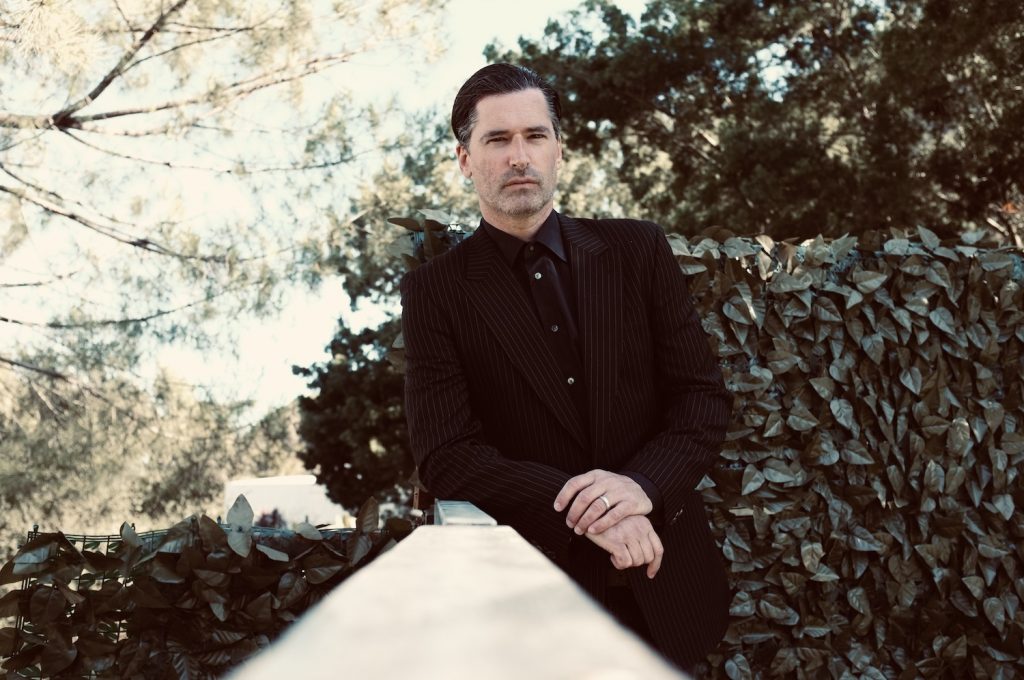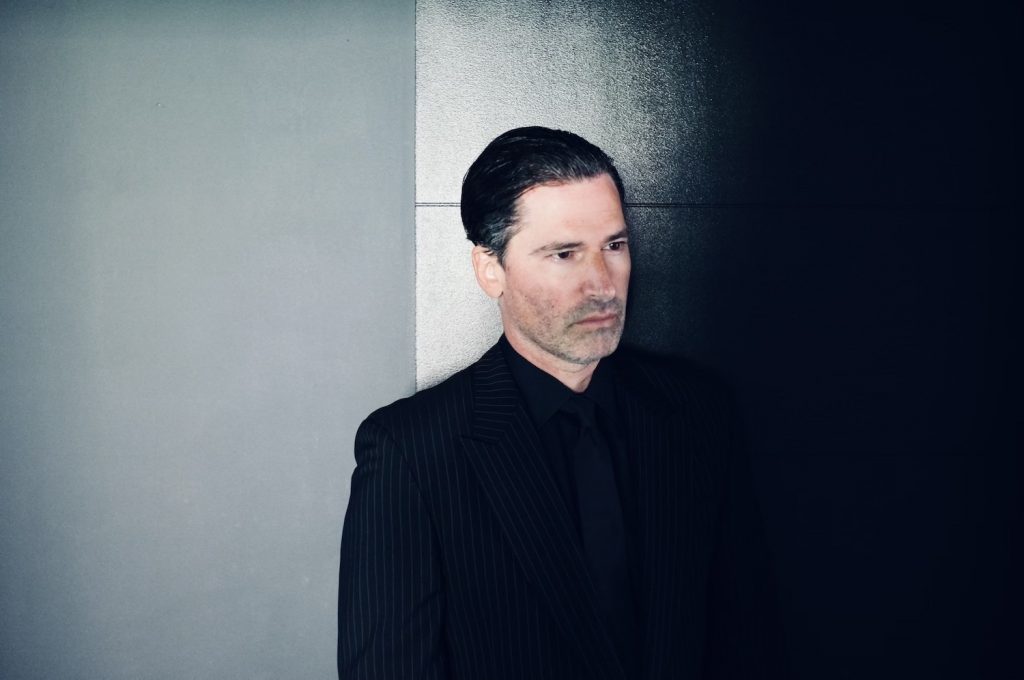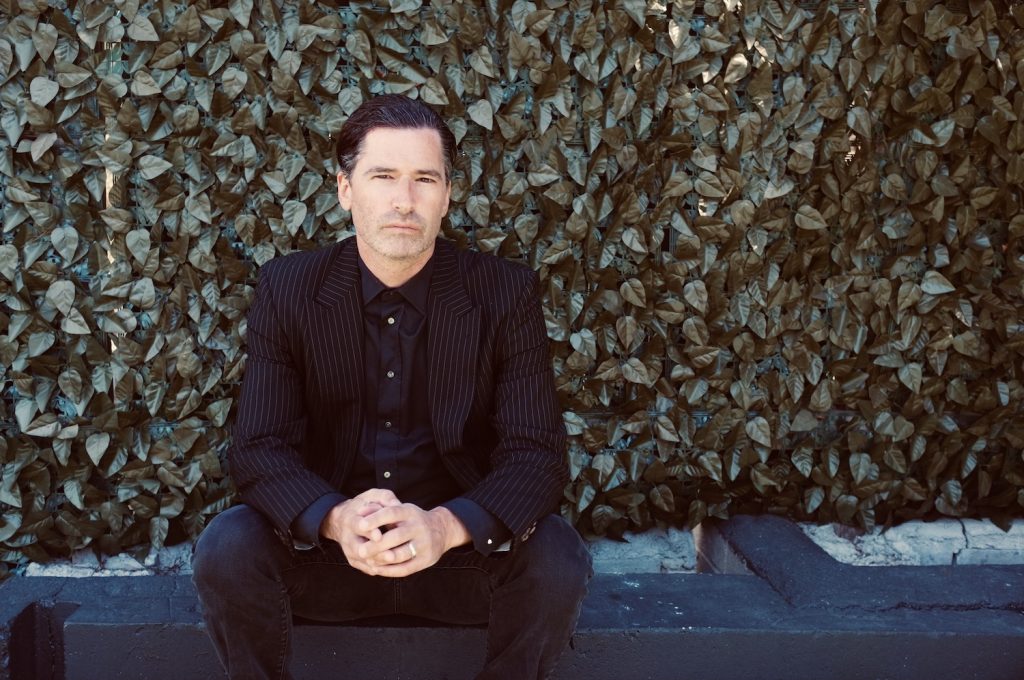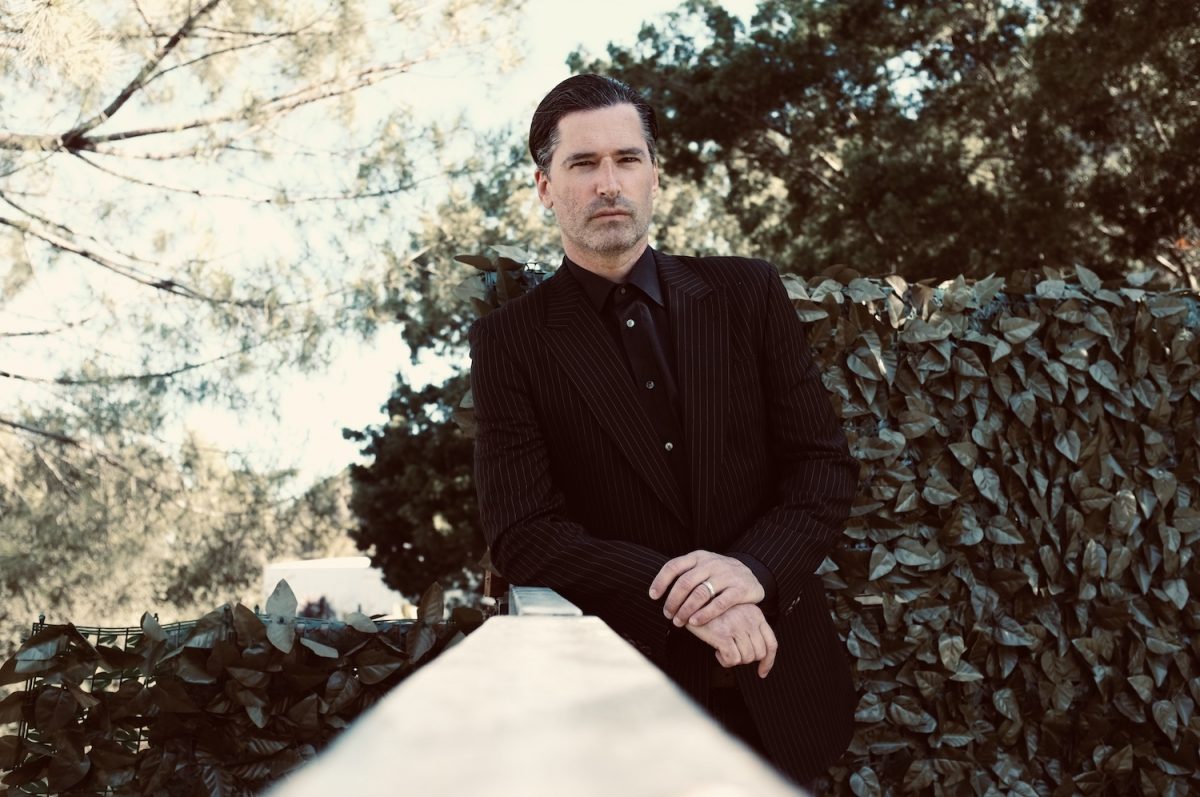
Pete Yorn’s continuing collaboration with Day Wave’s Jackson Phillips takes another step forward on Hawaii (Shelly Music). Where 2019’s Caretakers felt like the work of two talented dudes playing to each other’s strengths as they bridged a 15-year age gap, Yorn’s ninth studio release is more succinct and fully formed. Some of that is the likely byproduct of familiarity and friendship. It’s also worth noting that Yorn wrote some of Hawaii’s best songs on the piano from his childhood home as he waited out the pandemic in the California desert with his wife and daughter.
There are very few tour dates on your schedule right now.
I figured I’d let people get a handle on this record, and then I’ll see what my vibe is for touring in the fall. It feels so saturated out there. I feel like there’s this mad rush after not being able to tour. I don’t feel that urgency, personally. I’m really enjoying being at home with my wife and my little girl. Some people crave touring—they don’t know how to be in one place. I used to have a real problem. I’d come home from a tour, and I wouldn’t know what to do. Now, I feel content in one place. That’s a big part of the theme of the new record. I’m in a place in my head where I’ll tour when it feels right. But I know I’ll have to meet it halfway.
Hawaii has some interesting vocals. Were you consciously changing your approach to singing?
Going in, I made a decision that I wasn’t going to think about anything too hard. When it was time to sing, I was just letting it come through me—and I wasn’t going to get in its way. The whole recording process for this album was an exercise in trust—trusting in the moment, even when it didn’t make sense at that moment.


Would you say that Caretakers laid the groundwork for Hawaii’s more relaxed and seamless feel?
More time passed than we wanted between Caretakers and the recording of this album, for obvious reasons. When I first started working with Jackson, we jumped right into it. He was pulling out references to bands I used to love that I felt like I’d moved on from, and I just entered his world. It sounds like me, but it also has more of the traditional Day Wave sound. Then he grew, I grew, and we got to know each other better. By the time we got back together, it ended up becoming more of a hybrid.
You spent some time in the desert during the lockdown.
We were living in Santa Monica, literally on the same block as the emergency room at Saint John’s Health Center. It never bothered me before, but there were a lot of unknowns at the time. It felt claustrophobic and weird, so we just got out of there—just the three of us, for nine months.
Where did you stay?
My family has a house in Palm Desert. It was just sitting there, so we took it over. It was great because there was so much space, but it was also the hottest summer of all time in the Palm Springs area—like 123 degrees for weeks at a time. The piano from my old family house in Jersey was there—a baby grand Kawai. I wrote “Ransom” on that, and the last track on the album, “Stay Away”—the song that’s the most blatantly about the isolation I felt out there. There were weeks when I felt good, and then there would be a few days when I would get really stir crazy. In a way, it was a weird little escape.
How does all that figure into Hawaii?
People will question the title, but it’s a metaphor. An island is seen as an escape, but it can also be a prison and feel very isolating. Years ago, I was having an interesting time in my brain, and I went on this trip to Hawaii thinking everything was going to be great. But when I got there, I was still thinking the same stuff and wasn’t able to enjoy it. When you go somewhere, you’re stuck with yourself. Nothing’s ever going to live up to your expectations unless you get to a place where you’re cool with whatever’s going to happen.
—Hobart Rowland






